Home>Home Maintenance>When Should You Turn On The Power Ventilation System To Help Eliminate Fuel Vapors In The Bilge?
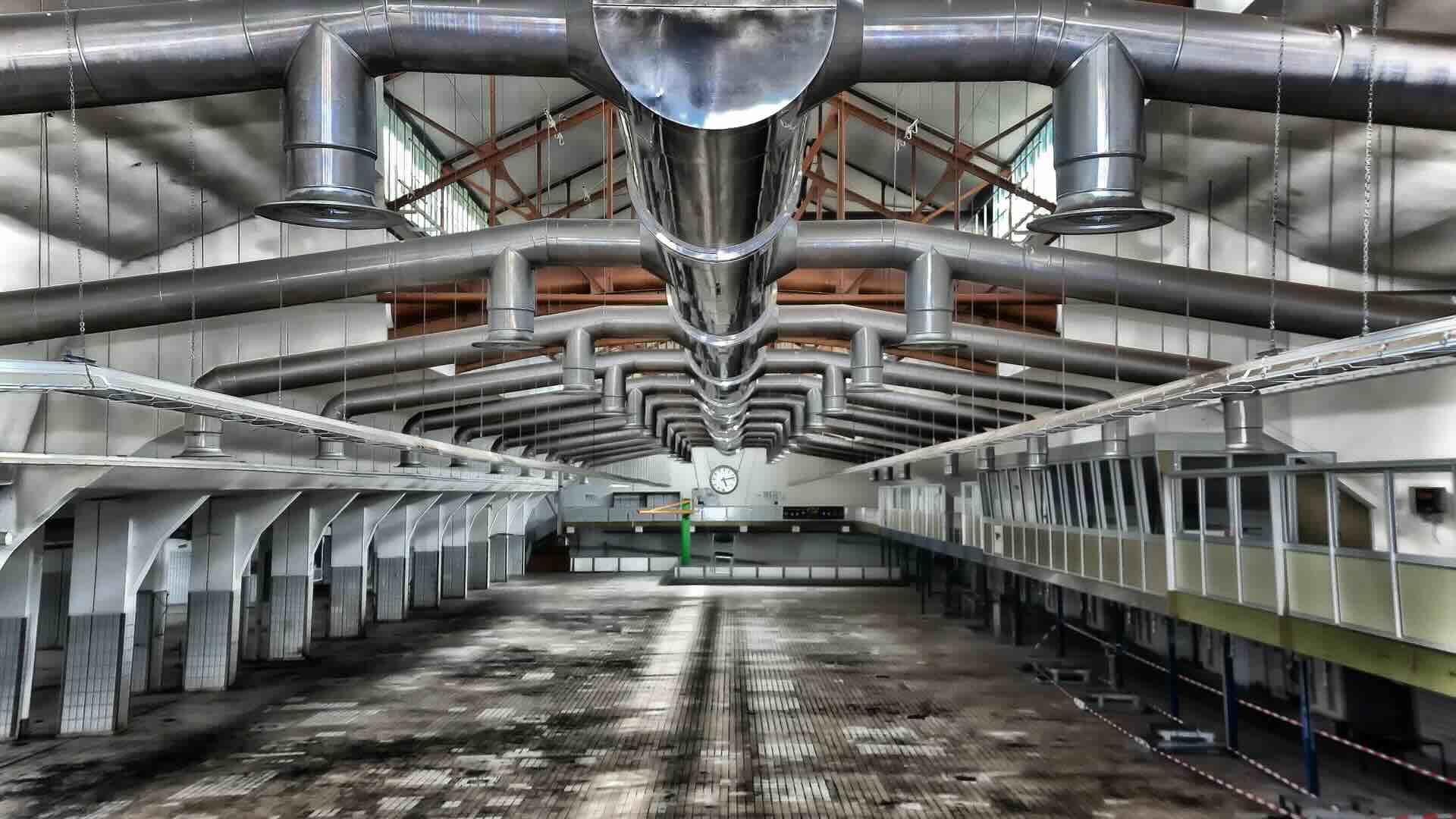

Home Maintenance
When Should You Turn On The Power Ventilation System To Help Eliminate Fuel Vapors In The Bilge?
Modified: March 6, 2024
Learn when to activate your power ventilation system at home to effectively remove fuel vapors in the bilge and ensure optimal home maintenance.
(Many of the links in this article redirect to a specific reviewed product. Your purchase of these products through affiliate links helps to generate commission for Storables.com, at no extra cost. Learn more)
Introduction
Welcome aboard! If you own a boat or spend time around boats, you know that proper maintenance is essential for a smooth and enjoyable sailing experience. One critical aspect of boat maintenance is ensuring a safe and clean bilge. The bilge, located at the lowest point of the boat’s hull, collects any water, oil, fuel, or other fluids that may accumulate while on the water.
When it comes to fuel, it’s important to be cautious of fuel vapors that can form in the bilge. Fuel vapors are highly flammable and pose a significant safety risk if not properly managed. That’s where the power ventilation system comes into play. This system helps to eliminate fuel vapors by continuously exchanging the air in the bilge with fresh air from outside the boat.
In this article, we will delve into the importance of the power ventilation system and discuss when it should be turned on to aid in the elimination of fuel vapors in the bilge. By understanding the risks associated with fuel vapors and following best practices for using the power ventilation system, you can ensure a safe boating experience for yourself, your crew, and your vessel.
Key Takeaways:
- Always turn on the power ventilation system in your boat’s bilge during fueling, engine start-up, warm weather, and after extended periods of inactivity to eliminate dangerous fuel vapors and ensure a safe boating experience.
- Regularly inspect and maintain your boat’s power ventilation system, keep the bilge clean, and follow safety guidelines to effectively eliminate fuel vapors and reduce the risk of fire or explosion.
Understanding the Power Ventilation System
The power ventilation system is designed to circulate fresh air in and out of the bilge, helping to remove any potentially dangerous fuel vapors. It consists of one or more powerful fans that are strategically placed in the boat’s bilge area. These fans draw in outside air from vents located on the exterior of the boat and expel the stale air from the bilge.
Most power ventilation systems are equipped with automatic controls that activate the fans when certain conditions are met, such as when the boat’s engine is running or when the boat is underway. This automated feature ensures that the bilge is continuously ventilated, even when you’re not actively monitoring the system.
The power ventilation system operates on either a continuous ventilation or an intermittent ventilation mode. Continuous ventilation means that the fans are constantly running, providing a consistent airflow throughout the bilge area. On the other hand, intermittent ventilation involves the fans running on a cycle, turning on and off at regular intervals to maintain proper airflow.
This system is typically powered by the boat’s electrical system, so it’s important to ensure that the power supply is reliable, and the fans are in good working condition. Regular inspection and maintenance of the power ventilation system are essential to ensure its effectiveness in eliminating fuel vapors.
Now that we have a basic understanding of how the power ventilation system works, let’s explore why it’s necessary to address fuel vapors in the bilge and the potential dangers they can pose.
The Dangers of Fuel Vapors in the Bilge
While fuel is an essential component for powering your boat, it also presents certain risks, especially when it comes to fuel vapors. Fuel vapors are highly flammable and can ignite with even a small spark, leading to dangerous fires or explosions. This is why it is crucial to understand the risks associated with fuel vapors in the bilge and take necessary precautions.
When fuel is stored in the boat’s fuel tank, it can evaporate and release vapors that can accumulate in the bilge. These vapors are invisible and odorless, making them difficult to detect. However, in a confined space like the bilge, the concentration of fuel vapors can become concentrated and reach flammable levels.
There are several factors that can contribute to the accumulation of fuel vapors in the bilge:
- Fuel leaks or spills: Any fuel leaks or spills that occur while refueling, operating the engine, or transferring fuel can result in the accumulation of fuel vapors in the bilge.
- Vented fuel tanks: If fuel tanks are not properly vented, excess pressure can build up, forcing fuel vapors to escape into the bilge.
- Inadequate ventilation: Insufficient airflow in the bilge can allow fuel vapors to linger and accumulate, increasing the risk of ignition.
- Heat sources: Heat sources such as engines, exhaust systems, and electrical components can generate sparks or flames, which can ignite fuel vapors.
It’s important to note that fuel vapors are heavier than air, which means they tend to sink and settle in the lower areas of the boat, including the bilge. This makes it even more crucial to address the presence of fuel vapors in the bilge to ensure the safety of both occupants and the vessel itself.
Now that we understand the potential dangers of fuel vapors in the bilge, we can explore the factors to consider when deciding to turn on the power ventilation system to help eliminate these risks.
Factors to Consider When Deciding to Turn On the Power Ventilation System
Deciding when to turn on the power ventilation system in your boat’s bilge depends on various factors. Considering these factors will help you make an informed decision and ensure the effective removal of fuel vapors. Let’s take a look at some important considerations:
- Ventilation Regulations: Familiarize yourself with local regulations and requirements regarding the use of power ventilation systems. Different regions may have specific rules governing the operation and usage of these systems. Complying with these regulations ensures both safety and legal compliance.
- Bilge Conditions: Assess the current condition of the bilge. If there are fuel spills, leaks, or strong fuel odors, it is crucial to activate the power ventilation system immediately to eliminate the concentrated fuel vapors. Quick action can help prevent the buildup of flammable vapor levels.
- Fuel Transfer: If you have recently transferred fuel onboard, especially in a closed or poorly ventilated area, it is advisable to turn on the power ventilation system. This will help disperse any fuel vapors that may have accumulated during the transfer process.
- Engine Operation: When the boat’s engine is running, it produces heat, exhaust, and other potential ignition sources. It is essential to activate the power ventilation system when the engine is in use, as this can both remove existing fuel vapors and prevent any new vapors from accumulating.
- Weather Conditions: Consider the weather conditions when deciding to use the power ventilation system. If there is high humidity or stagnant air, it is recommended to have the system running to maintain proper airflow and prevent the buildup of fuel vapors.
- Ventilation System Design: Understand the design and capabilities of your boat’s power ventilation system. Some systems have automatic controls that activate the fans when certain conditions are met, while others require manual operation. Ensure the system is properly installed and in good working condition, and be familiar with its specific features and functions.
By taking these factors into account, you can make an informed decision about when to turn on the power ventilation system. Remember, the goal is to effectively eliminate fuel vapors from the bilge and reduce the risk of fire or explosion.
In the next section, we will discuss the optimal times to turn on the power ventilation system to ensure maximum safety and effectiveness.
Turn on the power ventilation system in the bilge whenever you detect fuel vapors. This will help to quickly eliminate the dangerous fumes and reduce the risk of fire or explosion.
When to Turn On the Power Ventilation System
Knowing when to turn on the power ventilation system in your boat’s bilge is crucial for maintaining a safe and well-ventilated environment. Consider the following scenarios as guidelines for when to activate the system:
- During Fueling: Fueling your boat can lead to the release of fuel vapors in the bilge. To prevent the buildup of these vapors and minimize the risk of ignition, it is recommended to turn on the power ventilation system during the refueling process. This will help disperse the vapors and maintain a safe bilge environment.
- When Starting the Engine: When starting your boat’s engine, there is a higher chance of fuel vapors being present in the bilge. Before starting the engine, ensure that the power ventilation system is activated to remove any accumulated vapors and reduce the potential for a fire or explosion.
- During Extended Periods of Inactivity: If your boat has been sitting idle for an extended period, it is advisable to run the power ventilation system for a period of time before setting sail. This helps to refresh the air in the bilge and eliminate any stagnant or potentially hazardous fuel vapors that may have built up over time.
- When Operating in Warm Conditions: Warm weather can accelerate the evaporation of fuel and increase the concentration of vapors in the bilge. Therefore, it’s essential to activate the power ventilation system when operating in warm conditions to ensure proper ventilation and reduce the risk of fuel vapor-related accidents.
- When Experiencing Fuel Odors: If you notice strong fuel odors in the bilge or cabin area, it is a potential indication of fuel vapors being present. In such cases, the power ventilation system should be turned on immediately to eliminate the vapors and maintain a safe boating environment.
Remember, the specific circumstances of your boating situation may vary, and it’s always important to prioritize safety. Regularly inspect the bilge area for any signs of fuel leaks, spills, or odors, and use your judgment to determine when to activate the power ventilation system for optimal effectiveness.
In the next section, we will discuss best practices for using the power ventilation system to ensure its efficient and safe operation.
Read more: When Should You Replace HVAC System
Best Practices for Using the Power Ventilation System
Using the power ventilation system in your boat’s bilge effectively requires following some best practices to ensure its efficient and safe operation. Consider the following guidelines:
- Regular System Inspection: It’s important to regularly inspect the power ventilation system to ensure it is in good working condition. Check the fans, wiring, and vents for any signs of damage or obstruction. Make sure that the system is properly connected to a reliable power source.
- Keep Vents Free: Ensure that the vents on the exterior of your boat are free from any blockages or debris. Obstructed vents can restrict airflow and reduce the effectiveness of the power ventilation system in removing fuel vapors from the bilge.
- Monitor Fuel System: Regularly inspect your boat’s fuel system for leaks or spills. Address any fuel-related issues promptly and avoid operating the boat if there is a significant fuel leak. Promptly clean up any fuel spills and use absorbent materials to prevent fuel from accumulating in the bilge area.
- Follow Manufacturer’s Recommendations: Familiarize yourself with the manufacturer’s recommendations for operating the power ventilation system. Each system may have specific instructions on how to use it effectively. Adhere to these guidelines to ensure the system’s efficient operation and maximize safety.
- Perform Regular Bilge Maintenance: Keep the bilge area clean and free from debris. Regularly pump out any accumulated water, oil, or other fluids from the bilge to prevent fuel vapors from mixing with these substances. A clean bilge increases the effectiveness of the power ventilation system in removing fuel vapors.
- Be Mindful of Electrical Connections: Since the power ventilation system relies on electrical connections, it’s important to ensure that all connections are secure and free from corrosion. Regularly inspect the wiring and connections to prevent any electrical issues that could affect the operation of the system.
- Use Common Sense: While the power ventilation system is designed to help eliminate fuel vapors, it’s also important to use common sense and minimize potential ignition sources in the bilge area. Avoid smoking or using open flames near the bilge, and be cautious with electrical equipment or tools that could generate sparks.
By following these best practices, you can ensure the efficient and safe operation of the power ventilation system in your boat’s bilge. By maintaining proper ventilation and minimizing the risks associated with fuel vapors, you can enjoy a safer boating experience for yourself and your passengers.
Let’s conclude our discussion on the power ventilation system and its role in eliminating fuel vapors in the bilge.
Conclusion
Properly managing fuel vapors in the bilge is essential for the safety of your boat and everyone on board. The power ventilation system plays a crucial role in eliminating fuel vapors and reducing the risk of fire or explosion. By understanding the function and importance of the power ventilation system, as well as the dangers associated with fuel vapors, you can effectively use this system to maintain a safe boating environment.
When deciding to turn on the power ventilation system, consider factors such as ventilation regulations, bilge conditions, fuel transfer activities, engine operation, weather conditions, and the design of the system itself. By taking these factors into account, you can make informed decisions about when to activate the system and ensure the timely removal of fuel vapors.
Remember to follow best practices for using the power ventilation system, including conducting regular inspections, keeping vents free from obstructions, monitoring the fuel system for leaks, adhering to manufacturer’s recommendations, maintaining a clean bilge, checking electrical connections, and exercising common sense in the bilge area.
By implementing these best practices, you can maximize the effectiveness of the power ventilation system and create a safer environment for boating. Remember, safety should always be a top priority when it comes to managing fuel vapors and maintaining the overall well-being of your boat.
So, whether you’re enjoying a day on the water or preparing for a voyage, make sure to activate your power ventilation system when necessary and follow the guidelines outlined in this article. By doing so, you can navigate with peace of mind, knowing that you are taking proactive steps to protect yourself, your crew, and your vessel from the potential hazards of fuel vapors in the bilge.
Frequently Asked Questions about When Should You Turn On The Power Ventilation System To Help Eliminate Fuel Vapors In The Bilge?
Was this page helpful?
At Storables.com, we guarantee accurate and reliable information. Our content, validated by Expert Board Contributors, is crafted following stringent Editorial Policies. We're committed to providing you with well-researched, expert-backed insights for all your informational needs.
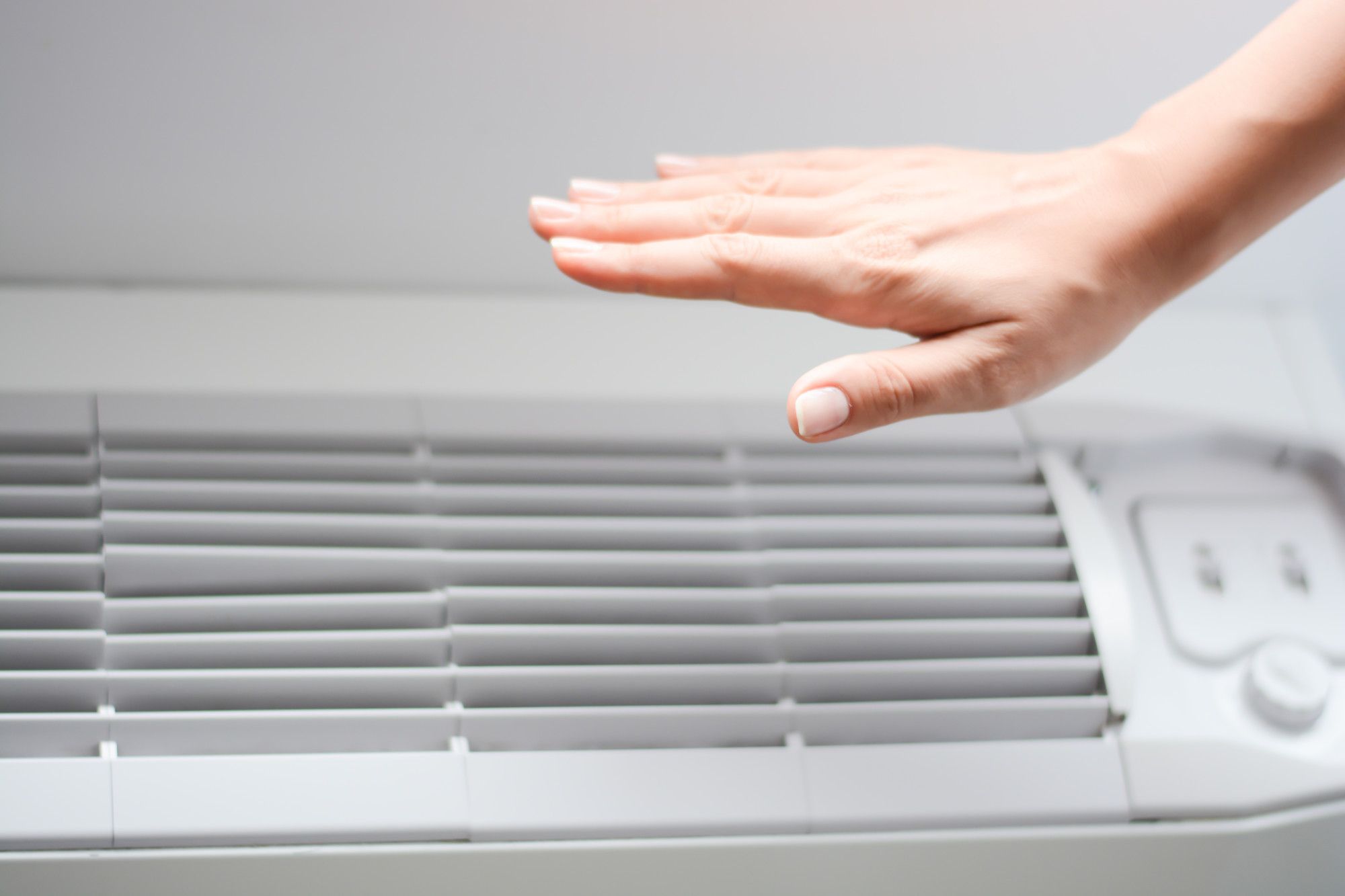
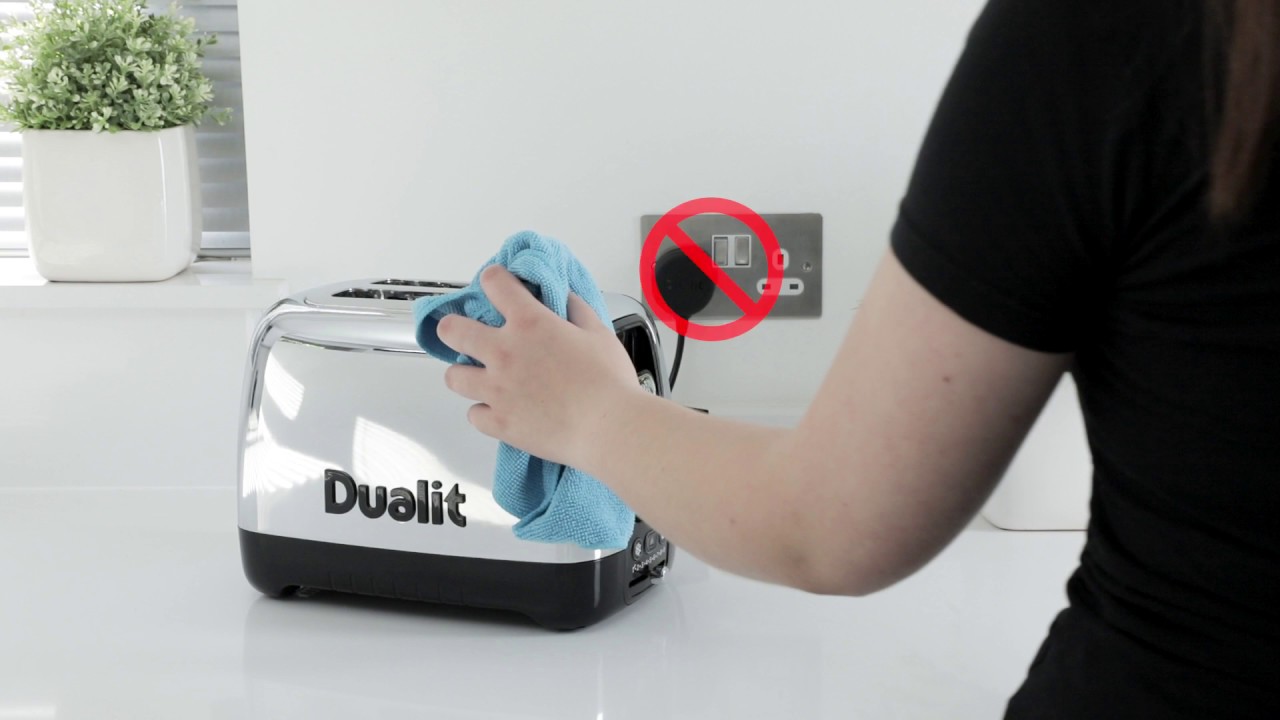
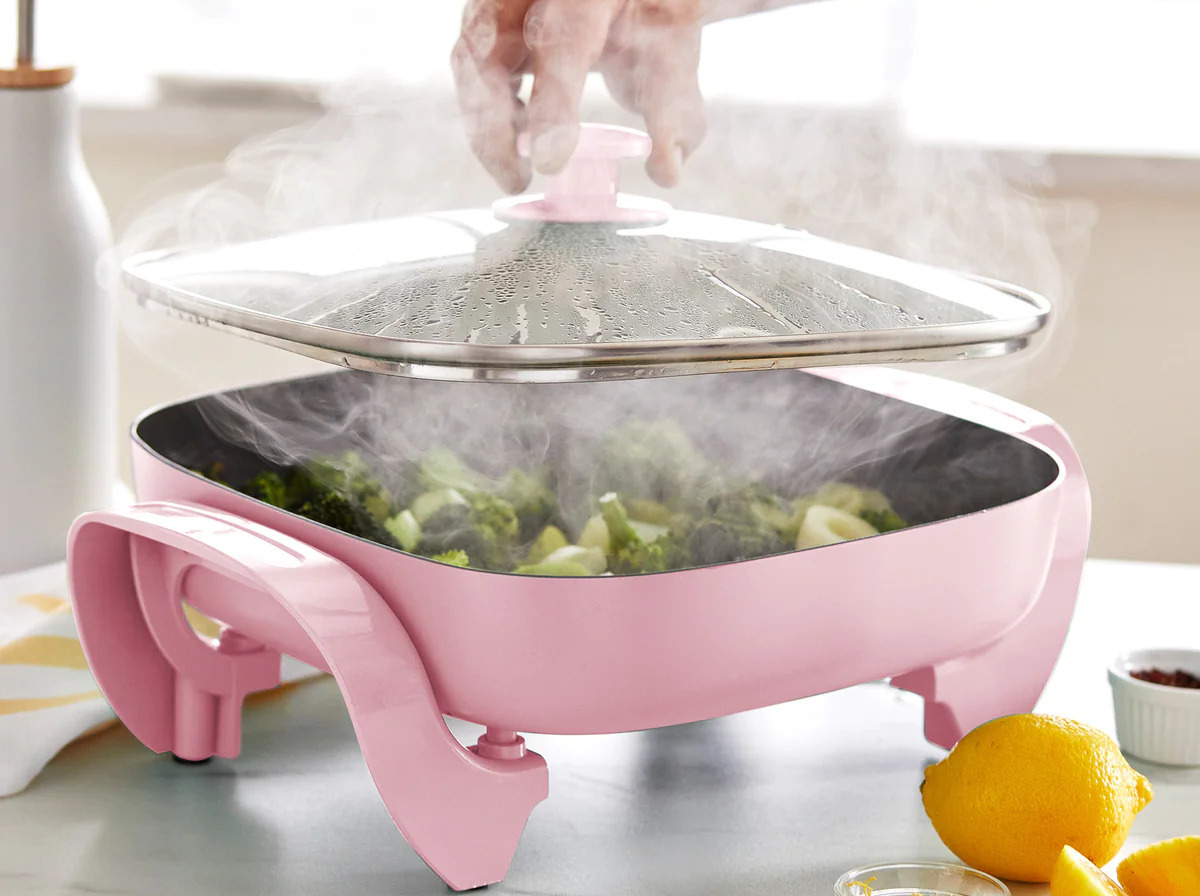
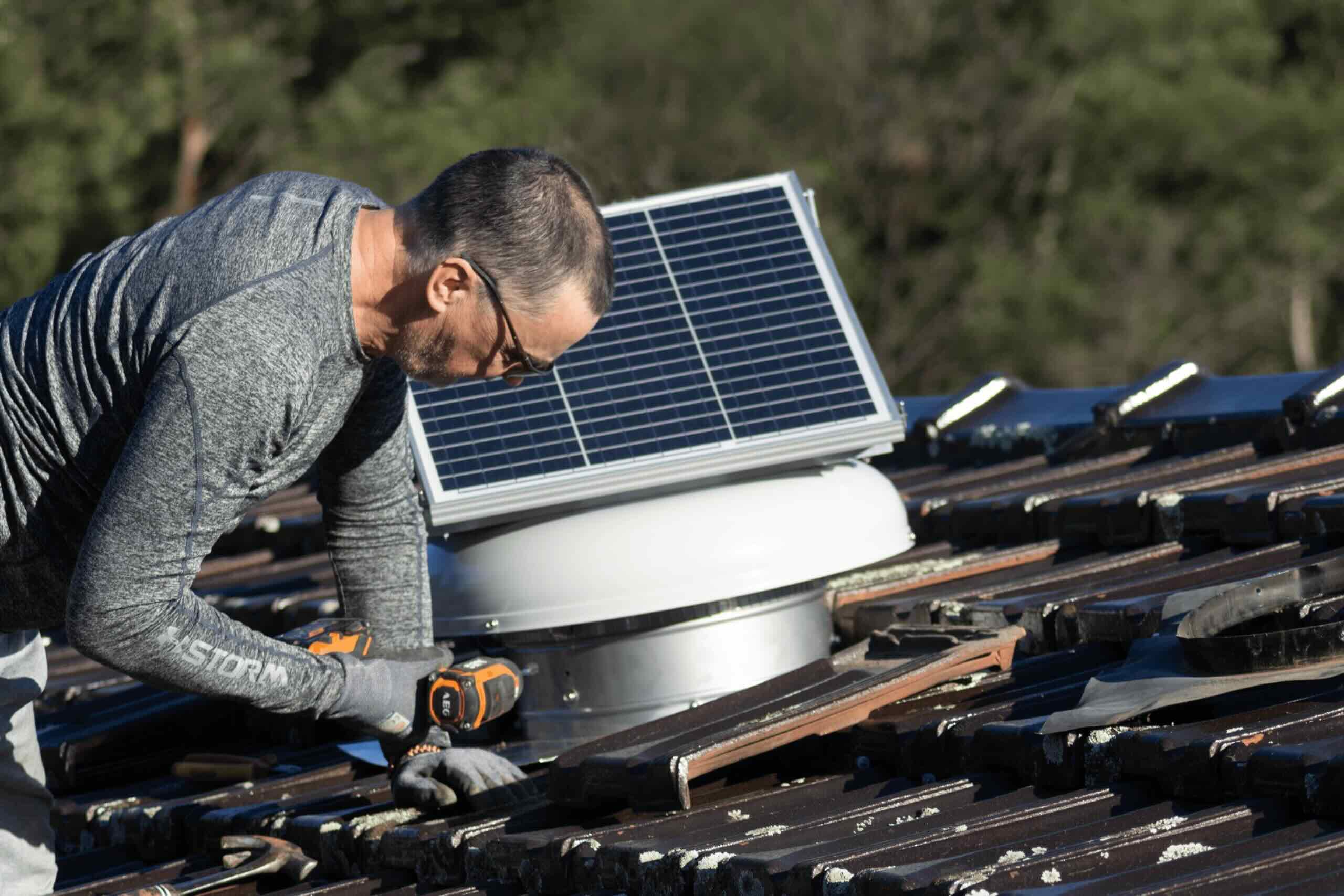
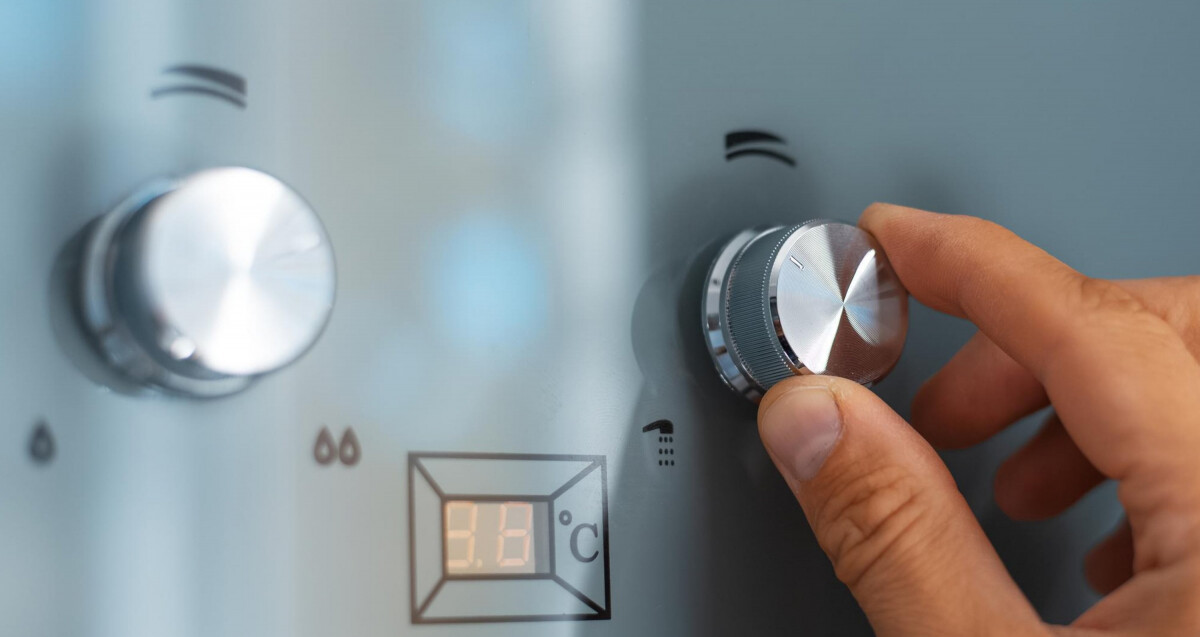
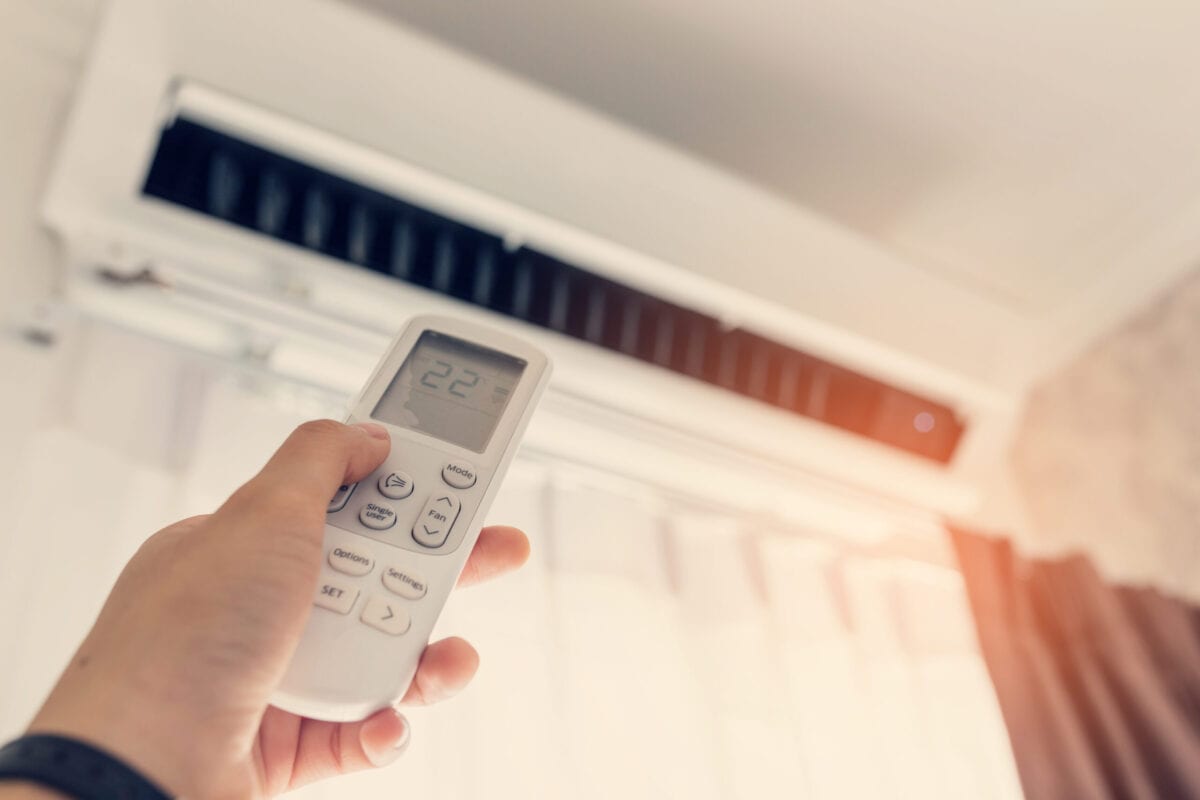
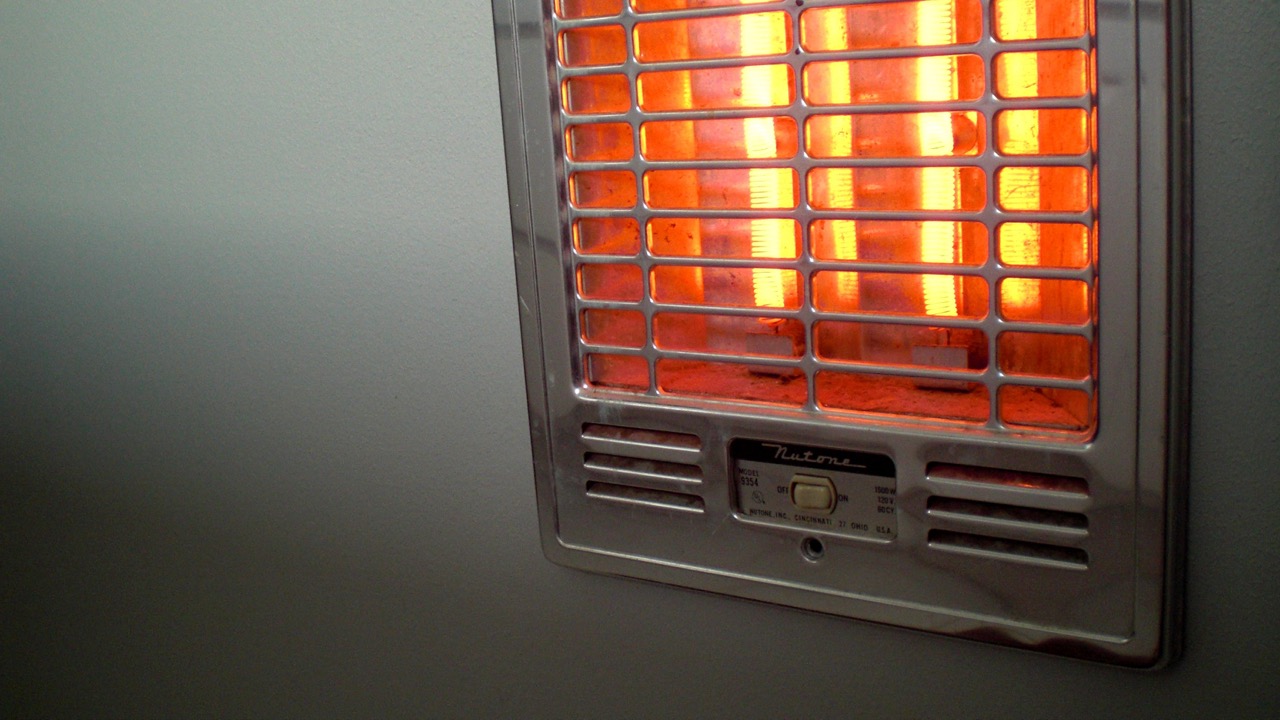
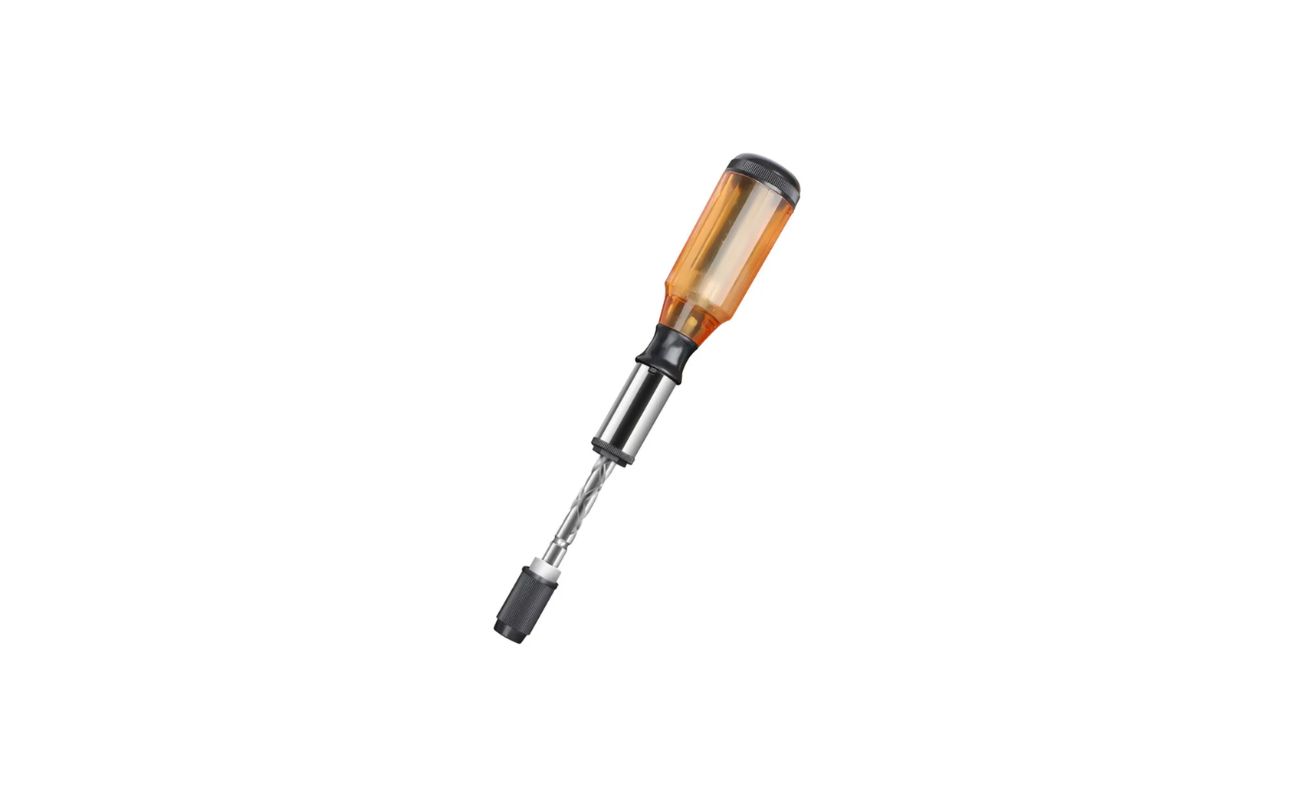
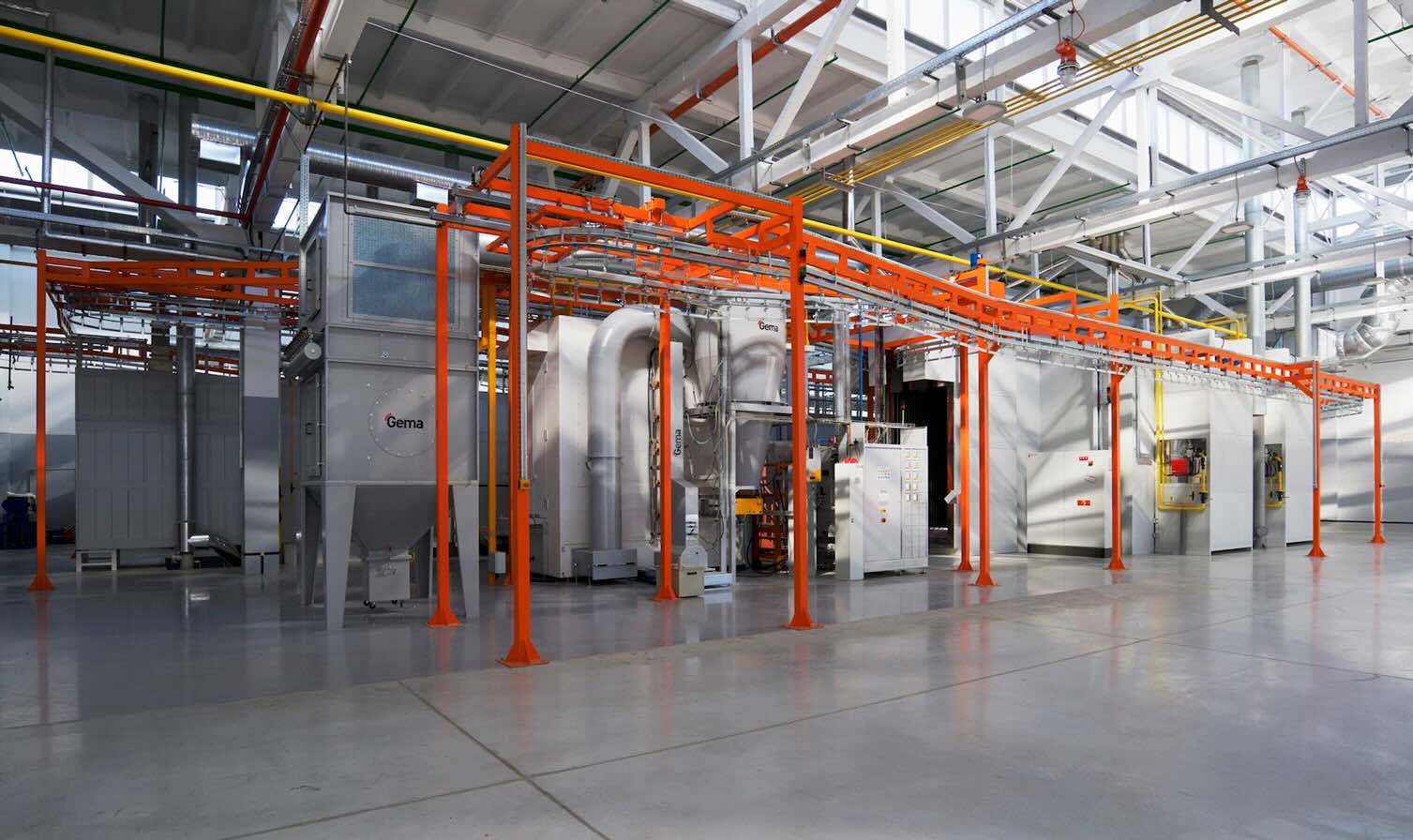
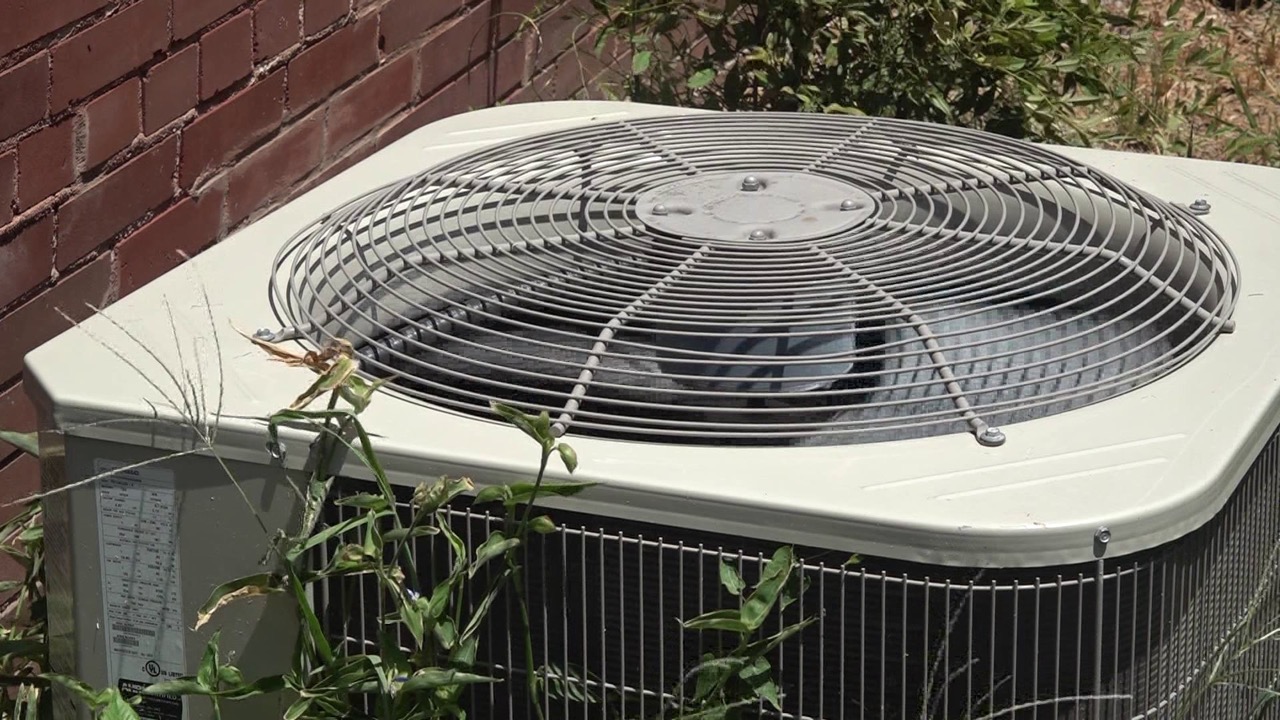


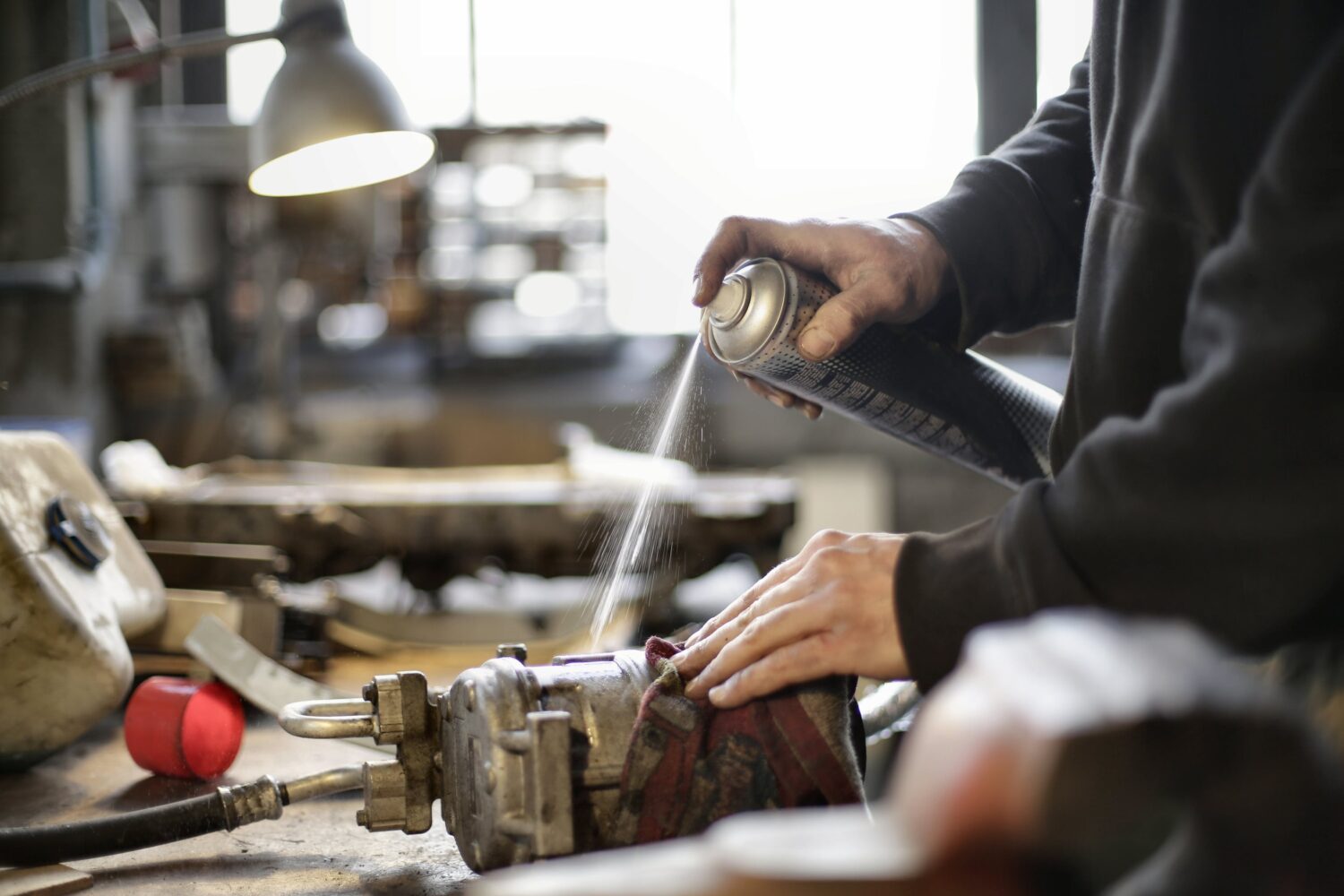
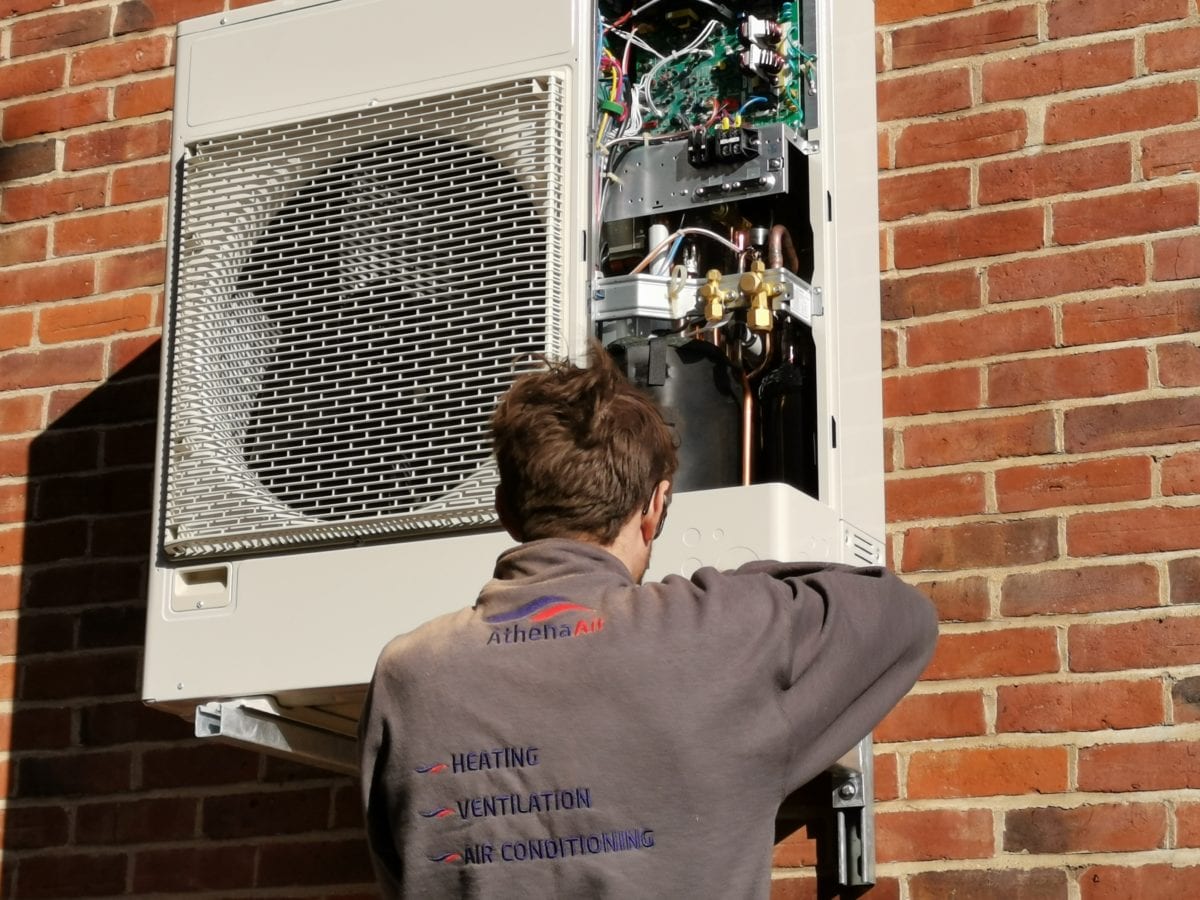

0 thoughts on “When Should You Turn On The Power Ventilation System To Help Eliminate Fuel Vapors In The Bilge?”